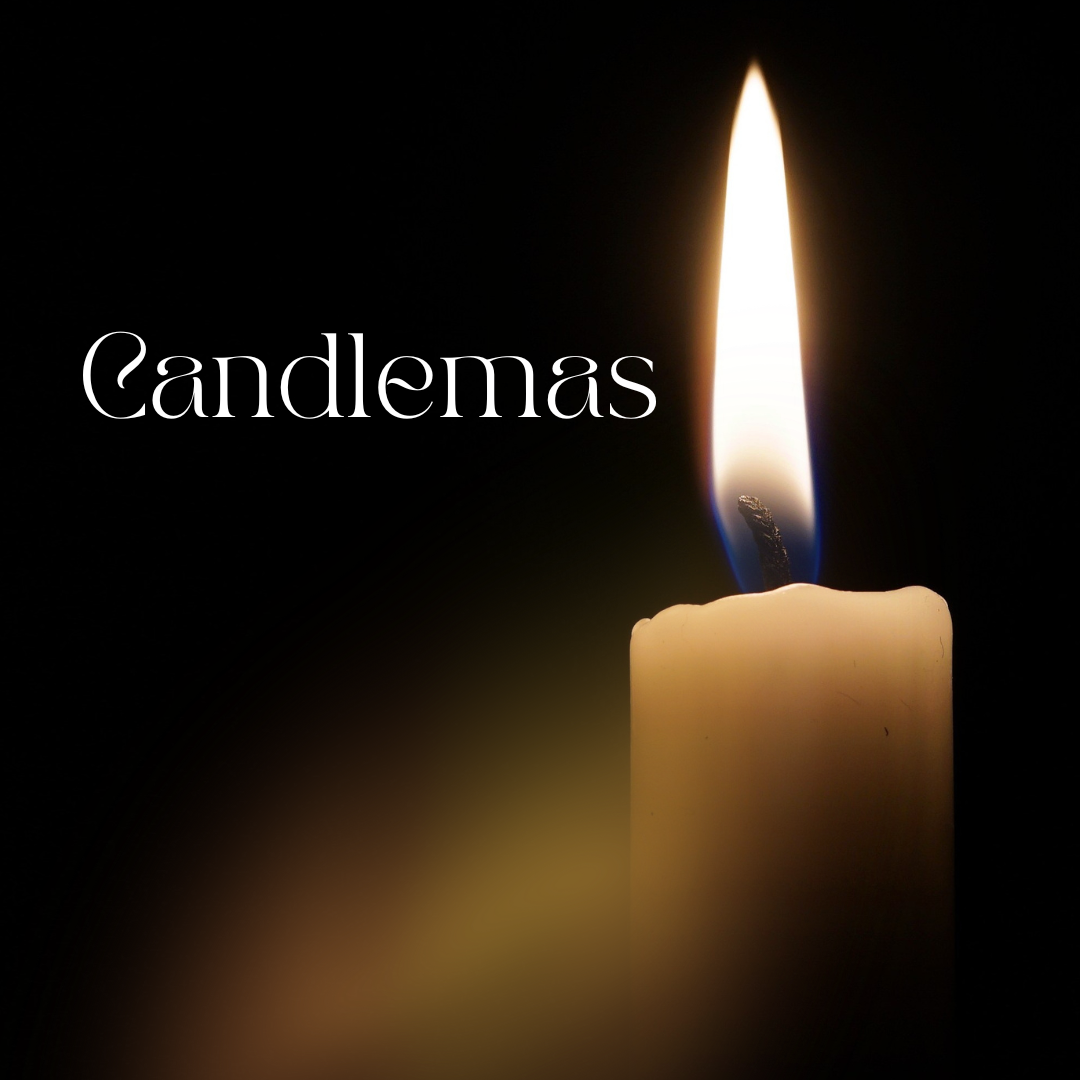Candlemas
- Posted on
- By Theresa Zepeda
- Posted in #candlemas, #candles, #prayercandlles
- 0

Candles have a strong presence in the Catholic Church. Certain Holidays may come to mind when you think of candles, such as Easter, or Christmas, but have you ever heard of Candlemas?
Forty days after Christmas is February 2nd, and on that day, the Church celebrates the feast of the Presentation of the Lord, and Mary's Purification. These events tie together, because they all happened at the same time. Joseph and Mary, being Jewish, adhered to the Mosaic law, which required all families to come to the temple on the 40th day. Mary comes to the Temple after giving birth to Jesus, and she and Joseph offer for her purification a sacrifice of two turtledoves, the offering prescribed for the poor. In addition, Joseph and Mary present and dedicate Jesus to God, as he is Mary’s firstborn Son (Exodus 13:2–16).
We read about Jesus’ presentation in Luke’s Gospel, where we also learn of the Holy Family’s encounter with the holy man Simeon, who had been promised by the Holy Spirit that he would not die before seeing the Messiah. Simeon recognizes the baby Jesus as the Son of God, and as he takes him in his arms, he utters this canticle:
"Lord, now you let your servant depart in peace;
according to your word;
for my eyes have seen you salvation
which you have prepared in the presence of all peoples,
a light for revelation to the Gentiles,
and for glory to your people Israel." (Luke 2:29–32 RSV)
Jesus is the light, symbolized by the light of a candle. We recognize this new light into the world on Candlemas. On this day, the Church blesses the candles that will be used for the upcoming year. In some churches, a candlelight procession takes place as part of the blessing; in others, people simply stand in their pews holding their lit candles. If you have not experienced this beautiful Mass, make a plan to do so this year! Check with your local Parish and ask about their Candlemas, and what you can expect.
In my experience, the warm, soft beauty of candlelight served as a lovely reminder of the Christmas celebration, we just experienced when the darkness of sin was scattered by the “true light who was coming into the world” (John 1:9). It is also a reminder during the remaining dark, long days of winter that, no matter how grave things may be, “the light shines in the darkness, and the darkness has not overcome it” (John 1:5).
Beeswax Candles are "Par Excellence"
So what kind of candles are used in the church? In the early church, beeswax was the exclusive type of candle to be used for the sacrifice of the Mass. The Church Fathers saw several symbolic meanings in the use of beeswax for candles. The spotless wax representing Christ’s most spotless Body; the enclosed wick enclosed an image of his soul, while the glowing flame typifies the divine nature united with the human in one divine Person. In addition, beeswax comes only from virgin bees, which means the symbolic Light of the world is cloaked in virginity, just as Christ was at birth.
Over the centuries, modifications to the type of wax has been allowed due to availability, and other regional situations, but ultimately, the purist beeswax should be used. Any wax candle containing at least 51% beeswax is considered a beeswax candle, and you will find those used often to help with cost.
Ways to observe Candlemas
To celebrate this feast, consider purchasing a supply of candles to keep and use in your home. If possible, bring these candles to your parish’s Candlemas celebration so that they can be blessed during Mass. If this isn’t possible, ask your priest to bless your candles at an alternate time. Then, throughout the year, light your blessed candles during dinner on special occasions (Sundays, feast days of favorite/patron saints, birthdays or anniversaries of baptisms, weddings or other sacraments), during times of prayer (especially if you pray at night alone or with your family) or during times of vigil (perhaps awaiting the birth of a child, caring for a sick family member or mourning the loss of a loved one).
The glow of a flickering flame may help rekindle your love for God in times of difficulty, or it may be a reflection of your joy. Regardless, it will serve as a sign of the One who is God’s light to the nations, God’s salvation to all people.
Shop our candles here

Comments
Be the first to comment...